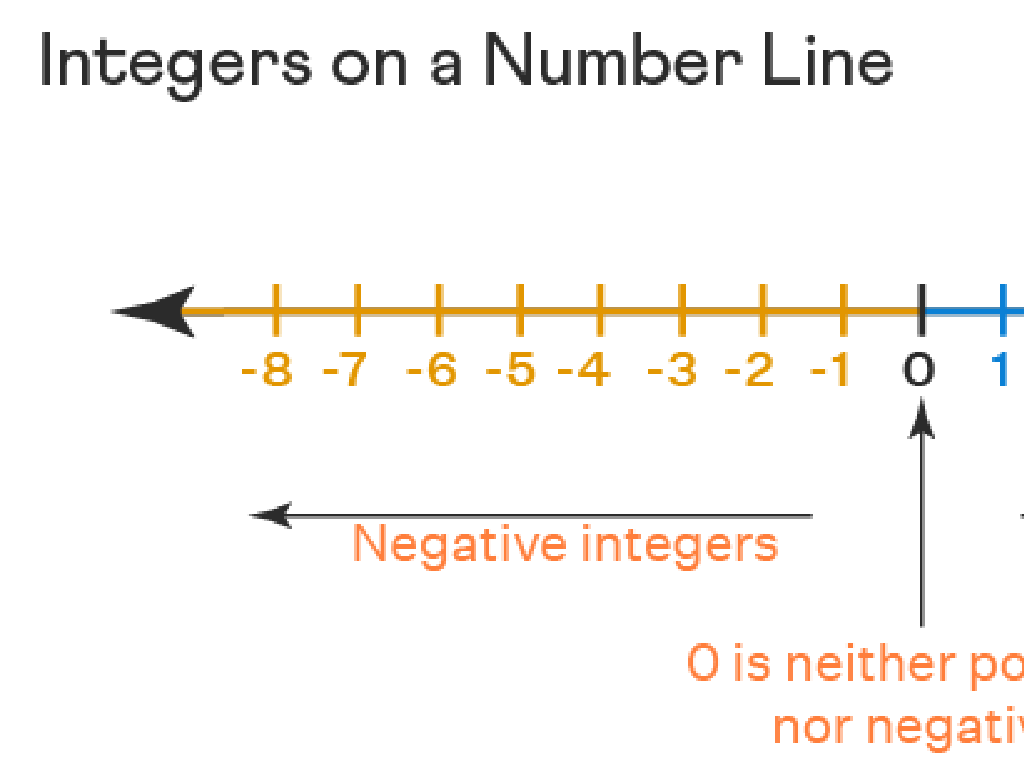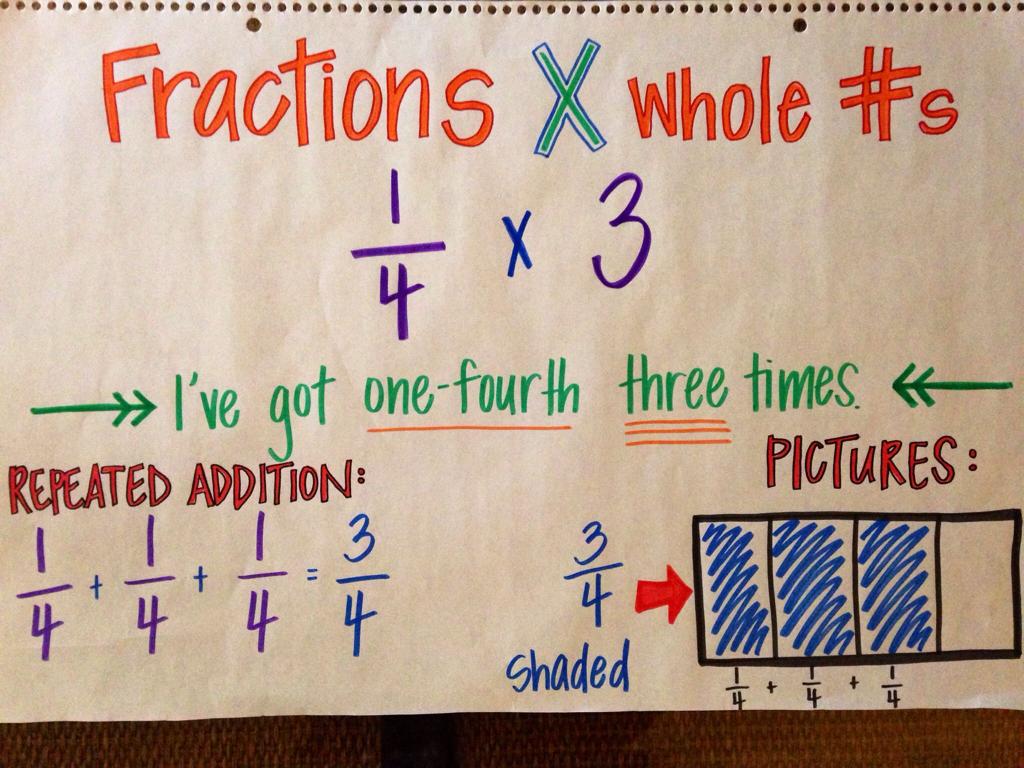Calculate Density, Mass, And Volume
Subject: Science
Grade: Seventh grade
Topic: Density
Please LOG IN to download the presentation. Access is available to registered users only.
View More Content
Welcome to Density!
– What is density?
– Density is mass per unit volume, like how compact an object is.
– The importance of density
– Density explains why objects sink or float and is key in material science.
– Calculating density
– Use the formula density = mass/volume to find an object’s density.
– Understanding mass and volume
– Mass is how much matter is in an object; volume is the space it occupies.
|
Begin the lesson by defining density as a measure of how tightly matter is packed within a substance, which is expressed as mass per unit volume. Discuss why understanding density is crucial in various scientific contexts, such as physics and chemistry, where it determines whether objects will sink or float, and is also essential in understanding material properties. Introduce the mathematical formula for calculating density and explain the concepts of mass and volume, ensuring to provide examples that are relevant and understandable for seventh graders. This will set the foundation for the day’s lesson, where students will learn to calculate density, mass, and volume through practical examples and exercises.
Understanding Density
– Definition of density
– How much mass in a certain volume
– Density formula
– Density = Mass / Volume
– High-density examples
– Lead, iron, and gold
– Low-density examples
– Styrofoam, cork, and air
|
Density is a fundamental concept in science that describes how tightly matter is packed together. It is calculated by dividing the mass of an object by its volume. This slide introduces the concept of density, provides the mathematical formula for calculating density, and offers tangible examples of materials with both high and low densities. High-density materials are typically heavier and more compact, such as metals like lead, iron, and gold. Low-density materials are lighter and less compact, such as Styrofoam, cork, and air. Encourage students to think about the density of objects in their daily lives and how density affects the behavior of materials, such as whether they sink or float in water.
Understanding Mass in Density Calculations
– Mass: amount of matter in an object
– Mass units: grams or kilograms
– Measuring mass with a scale
– Use a balance to find an object’s mass by comparing it to known weights
– Role of mass in density
– Mass is crucial for calculating an object’s density
|
This slide introduces the concept of mass as a fundamental property of matter, which is essential for understanding density. Mass is the measure of how much matter an object contains and is typically measured in grams or kilograms. Emphasize the use of a scale or balance to measure mass, as this is a practical skill students will need for experiments. Explain that mass is a key component in the formula for density, which is mass divided by volume. Provide examples of measuring mass in a lab setting and discuss how different objects with the same volume can have different masses due to their density. Encourage students to think about how mass differs from weight, which is a force affected by gravity.
Understanding Volume in Density Calculations
– Volume: space occupied by an object
– Volume units: L, mL, cm³
– Measuring regular objects
– Use formulas for geometric shapes
– Measuring irregular objects
– Displacement method using water
|
Volume is a key concept when studying density. It’s the measure of how much space an object occupies. Common units for measuring volume include liters, milliliters, and cubic centimeters. For regular-shaped objects like cubes and spheres, volume can be calculated using mathematical formulas. For irregularly shaped objects, the displacement method can be used, where the object is submerged in water, and the volume of the displaced water is measured. This slide will help students understand different methods of measuring volume, which is essential for calculating density.
Calculating Density
– Understanding density calculation
– Example: Block density calculation
– Mass: 200g, Volume: 50cm³. How to find density?
– Formula: Density = Mass / Volume
– Use the formula to divide mass by volume
– Result: Density of block is 4g/cm³
– After calculation, the block’s density is 4g/cm³
|
This slide introduces the concept of density and how to calculate it using a practical example. Density is a measure of how much mass is contained in a given volume. Start by explaining the formula for density, which is mass divided by volume. Use the example of a block with a mass of 200 grams and a volume of 50 cubic centimeters to illustrate the calculation. Walk the students through the process of dividing the mass by the volume to find the density, which in this case is 4 grams per cubic centimeter. Emphasize that the units of density are a combination of the units for mass and volume. This example will help students understand how to apply the formula to different problems and reinforce their understanding of the concept of density.
Density Calculation Practice
– Practice calculating density
– Recall the density formula
– Density = Mass / Volume, a key concept in understanding matter
– Solve worksheet problems in pairs
– Collaborate to reinforce learning and problem-solving skills
– Discuss solutions with the class
– Share your methods and answers to learn from each other
|
This slide is designed to engage students in hands-on practice with calculating density, a fundamental concept in physical science. The formula for density is crucial and should be memorized. Provide a worksheet with a variety of problems that require students to calculate density, mass, or volume when given the other two values. Encourage students to work in pairs to foster collaboration and peer learning. After completing the worksheet, have a class discussion where students can explain their problem-solving strategies and solutions. This will help them understand different approaches to the same problem and solidify their grasp of the concept.
Real-World Applications of Density
– How ships float: a density puzzle
– Large ships float due to their design spreading weight over a large area, displacing water equal to their weight.
– Density in nature: float or sink?
– Objects less dense than water float, while denser ones sink. Example: oil floats on water.
– Everyday density: objects & materials
– Density determines if an object will be heavy or light for its size. Example: Styrofoam vs. lead.
– Understanding density’s role
|
This slide explores the concept of density through tangible examples that students encounter in their daily lives. Begin by discussing how the design of ships allows them to float despite their heavy weight, as they displace enough water to support their mass. Move on to natural phenomena, such as why some substances float on water while others sink, illustrating the principle of density differences. Discuss how density affects the weight and feel of everyday objects, like why Styrofoam is light and lead is heavy. Encourage students to think of other examples where density plays a crucial role in the functionality of objects and materials they use every day.
Class Activity: Find the Density!
– Measure mass and volume of objects
– Calculate each object’s density
– Use formula density = mass/volume
– Predict floating or sinking in water
– Objects with density 1 g/cm³ sink
– Discuss results with the class
|
In this hands-on activity, students will apply their knowledge of density by measuring the mass and volume of various objects provided in the classroom. They will then use the formula density = mass/volume to calculate the density of each object. Based on their calculations, students will predict whether each object will float or sink when placed in water, understanding that objects with a density less than 1 g/cm³ will float, while those with a density greater than 1 g/cm³ will sink. After completing their predictions, students will test their hypotheses by placing objects in water. Conclude the activity with a class discussion about their findings, the concept of density, and its practical implications in real-world scenarios. Provide guidance and ensure safety during the activity. Possible objects for measurement could include a rubber ball, a rock, a piece of wood, and a metal spoon.
Density: Conclusion & Recap
– Recap density and its formula
– Density = mass/volume, a measure of how much mass is in a given volume
– Discuss density’s importance
– Understanding density is crucial for scientific fields like physics and chemistry
– Relate density to daily life
– Density explains why objects float or sink and is used in cooking, like oil and water separation
– Engage in a Q&A session
|
As we conclude, revisit the definition of density and its mathematical formula, Density = mass/volume. Emphasize the significance of density in various scientific contexts, including physics and chemistry, where it’s essential for understanding matter properties. Relate the concept to everyday life situations, such as why some objects float while others sink, and practical applications like cooking, where oil separates from water due to differences in density. Finally, open the floor for a Q&A session to address any uncertainties or questions students may have, ensuring they leave the class with a solid understanding of density, mass, and volume.






